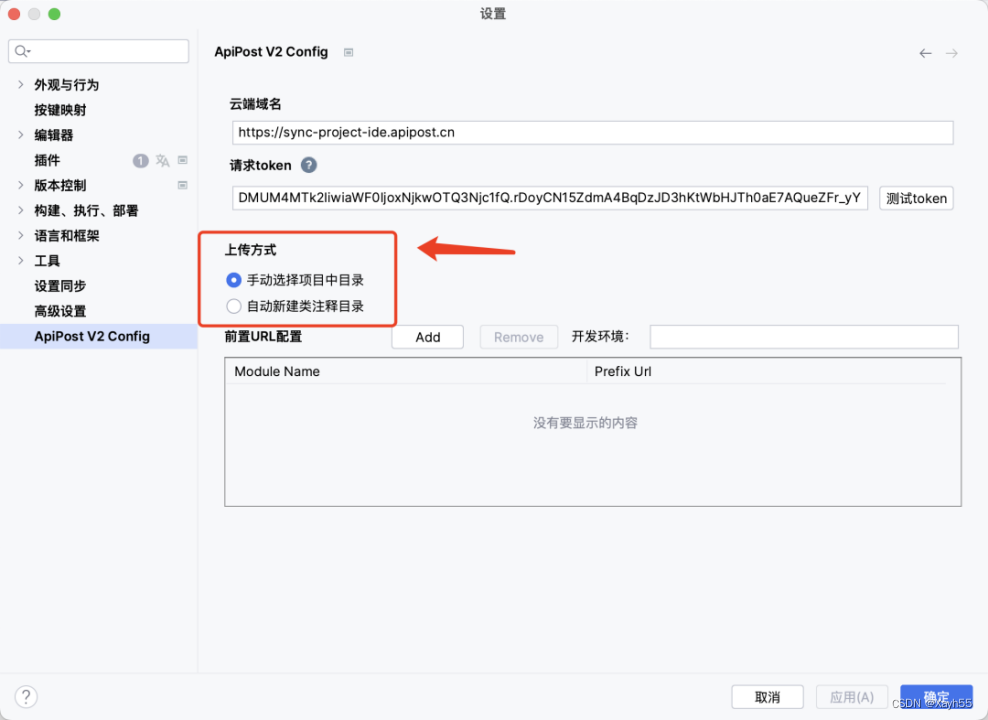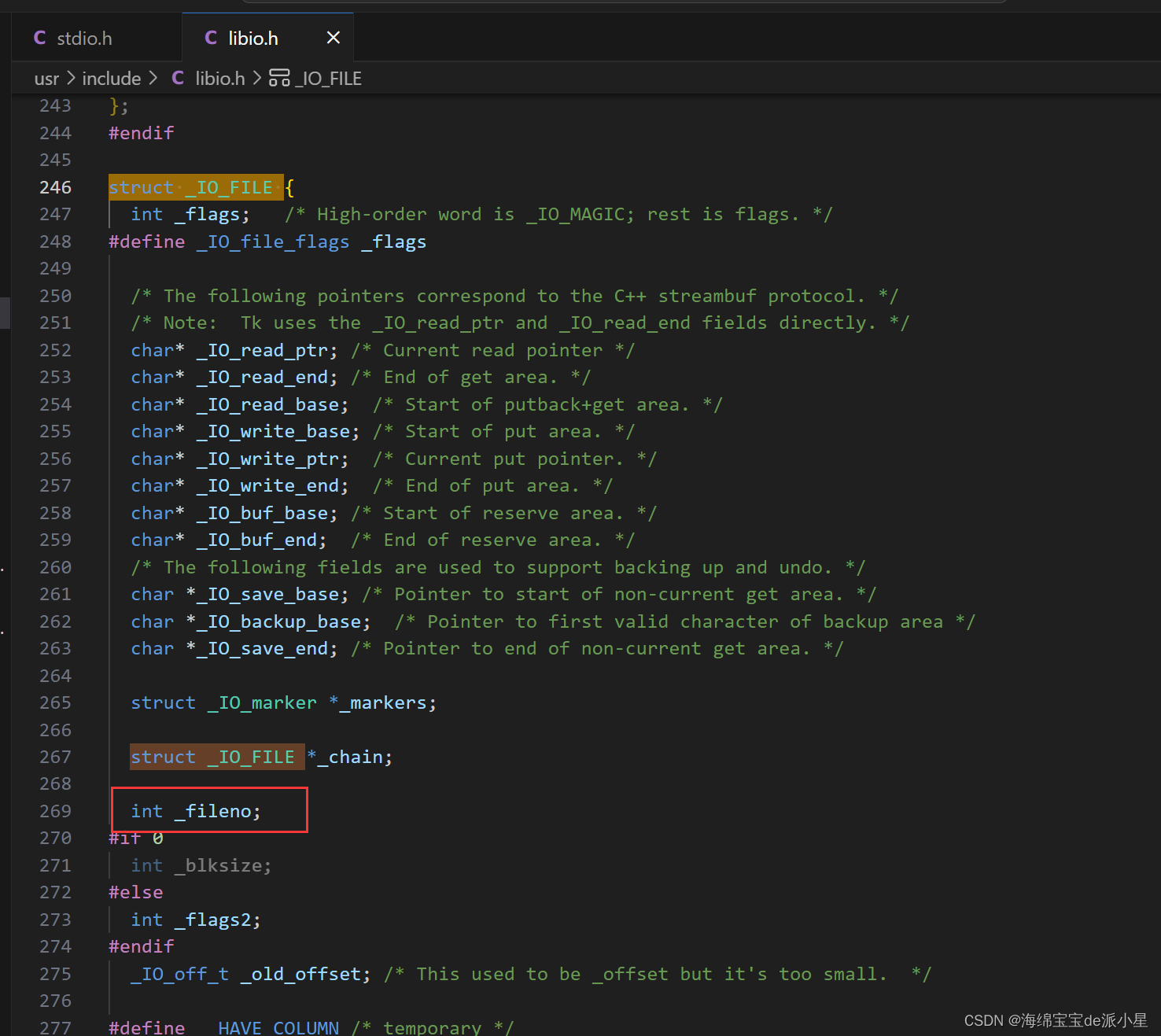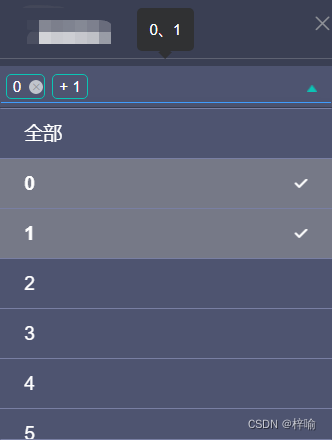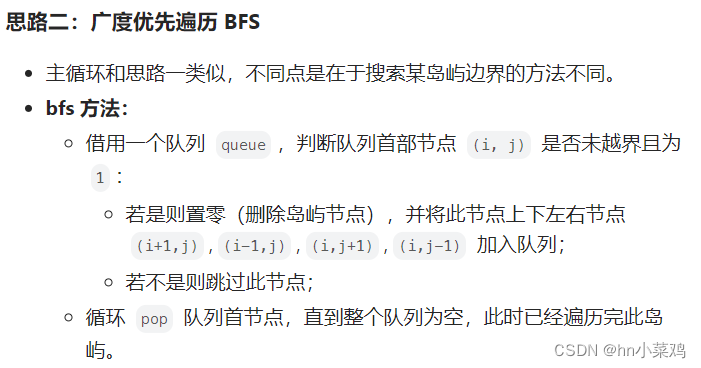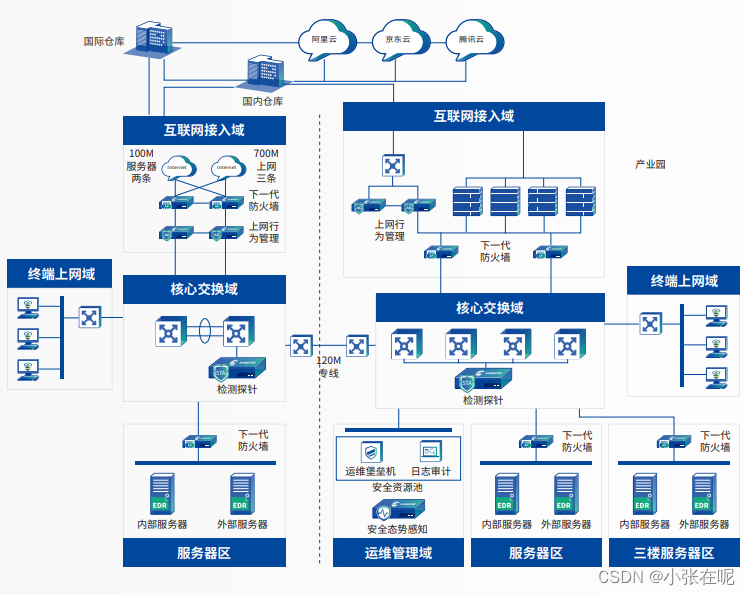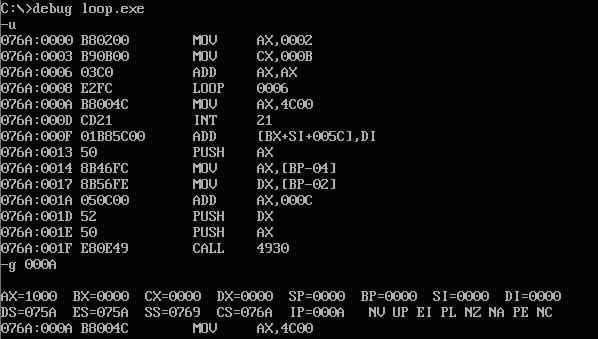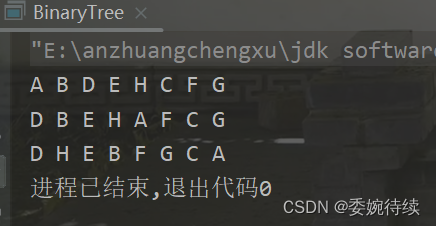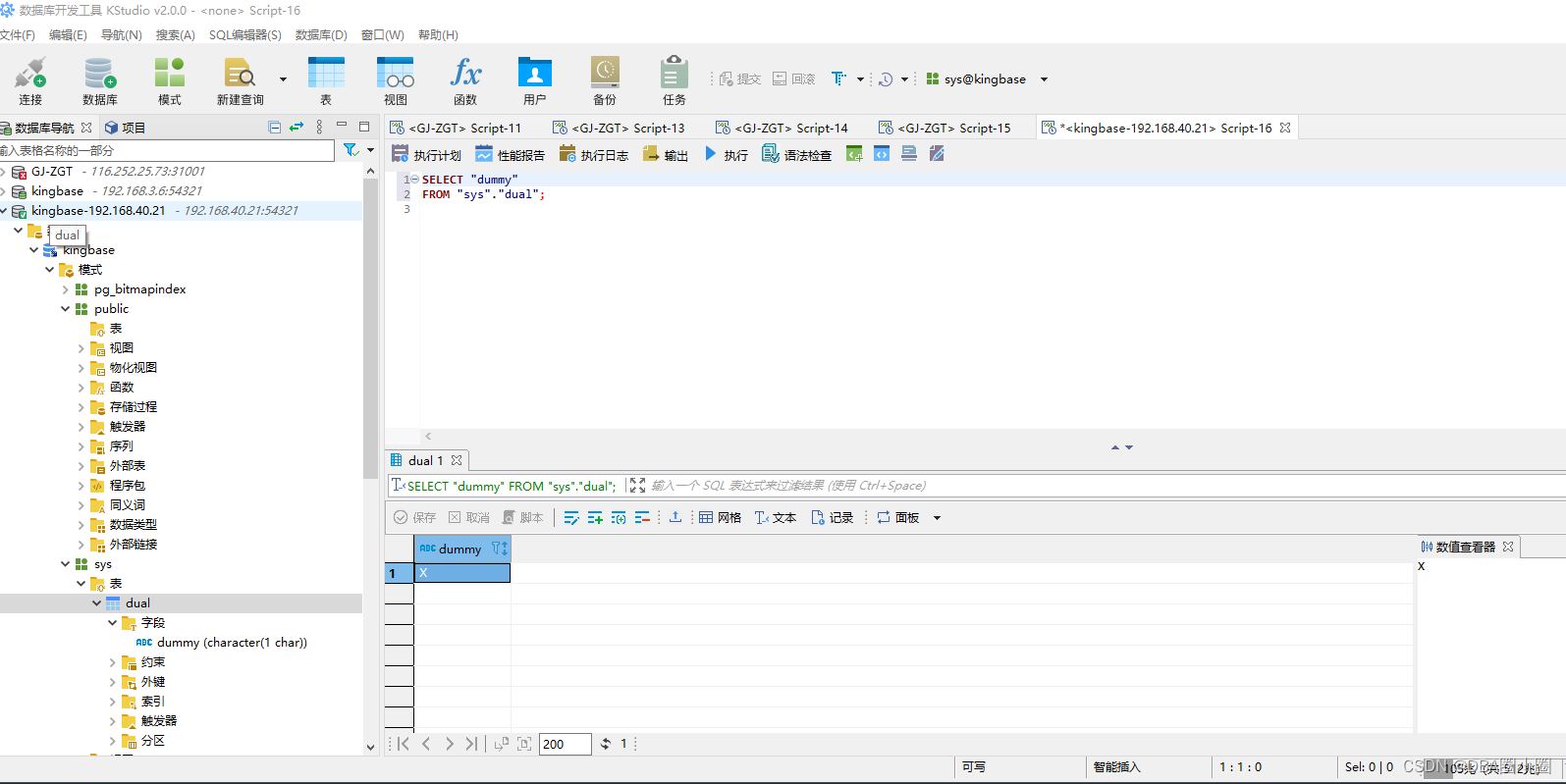1.JAVA 并发知识库
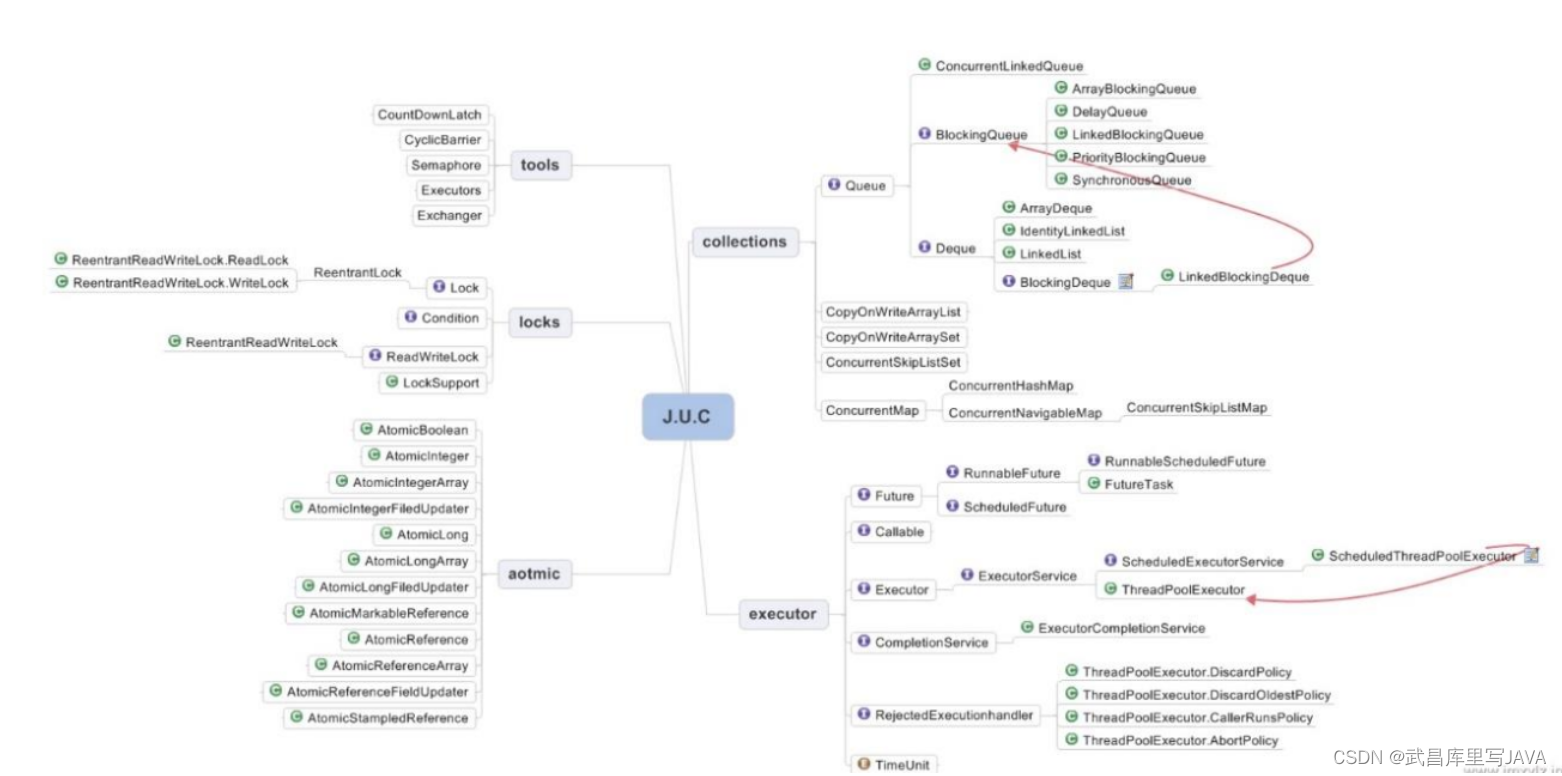
2.JAVA 线程实现/创建方式
2.1. 继承 Thread 类
Thread 类本质上是实现了 Runnable 接口的一个实例,代表一个线程的实例。启动线程的唯一方法就是通过 Thread 类的 start()实例方法。start()方法是一个 native 方法,它将启动一个新线程,并执行 run()方法。
public class MyThread extends Thread {
public void run() {
System.out.println("MyThread.run()");
}
}
MyThread myThread1 = new MyThread();
myThread1.start();
2.2. 实现 Runnable 接口。
如果自己的类已经 extends 另一个类,就无法直接 extends Thread,此时,可以实现一个Runnable 接口。
public class MyThread extends OtherClass implements Runnable {
public void run() {
System.out.println("MyThread.run()");
}
}
//启动 MyThread,需要首先实例化一个 Thread,并传入自己的 MyThread 实例:
MyThread myThread = new MyThread();
Thread thread = new Thread(myThread);
thread.start();
//事实上,当传入一个 Runnable target 参数给 Thread 后,Thread 的 run()方法就会调用
target.run()
public void run() {
if (target != null) {
target.run();
}
}
2.3. ExecutorService**、Callable、Future** 有返回值线程
有返回值的任务必须实现 Callable 接口,类似的,无返回值的任务必须 Runnable 接口。执行Callable 任务后,可以获取一个 Future 的对象,在该对象上调用 get 就可以获取到 Callable 任务返回的 Object 了,再结合线程池接口 ExecutorService 就可以实现传说中有返回结果的多线程了。
//创建一个线程池
ExecutorService pool = Executors.newFixedThreadPool(taskSize);
// 创建多个有返回值的任务
List<Future> list = new ArrayList<Future>();
for (int i = 0; i < taskSize; i++) {
Callable c = new MyCallable(i + " ");
// 执行任务并获取 Future 对象
Future f = pool.submit(c);
list.add(f);
}
// 关闭线程池
pool.shutdown();
// 获取所有并发任务的运行结果
for (Future f : list) {
// 从 Future 对象上获取任务的返回值,并输出到控制台
System.out.println("res:" + f.get().toString());
}
4.1.2.4.
基于线程池的方式
线程和数据库连接这些资源都是非常宝贵的资源。那么每次需要的时候创建,不需要的时候销毁,是非常浪费资源的。那么我们就可以使用缓存的策略,也就是使用线程池。
// 创建线程池
ExecutorService threadPool = Executors.newFixedThreadPool(10);
while (true) {
threadPool.execute(new Runnable() { // 提交多个线程任务,并执行
@Override
public void run() {
System.out.println(Thread.currentThread().getName() + " is running ..");
try {
Thread.sleep(3000);
} catch (InterruptedException e) {
e.printStackTrace();
}
}
});
}

